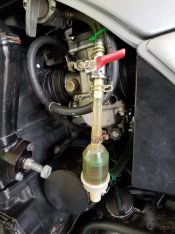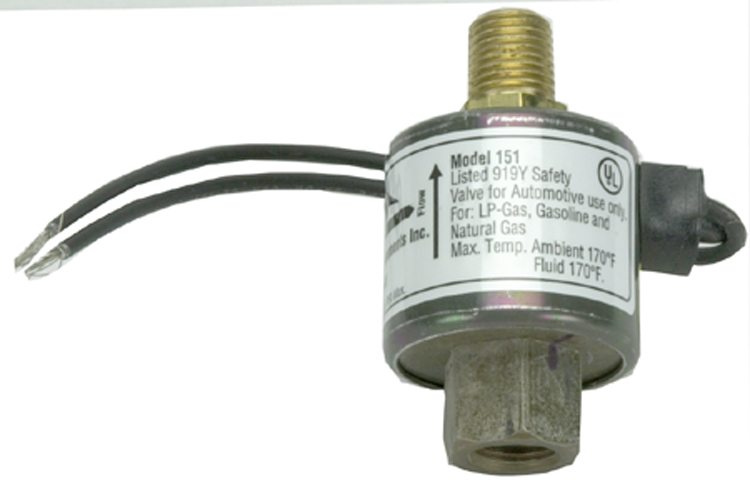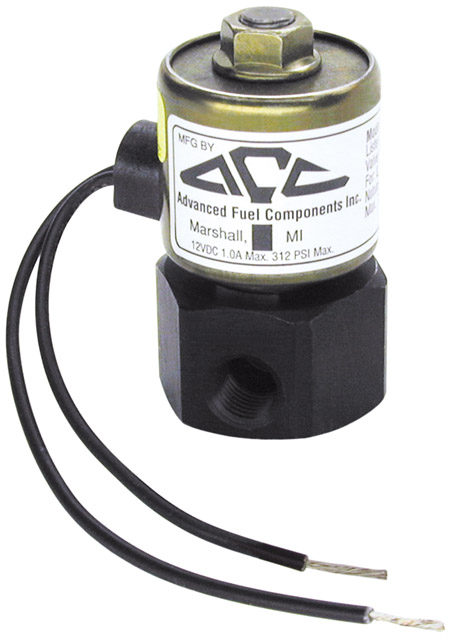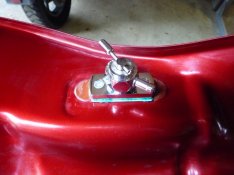I’ve read somewhere that some don’t ever modify carbs and their Connie never experienced hydrolock. My bike has 25k and I’ve not had hydrolock.
Is hydrolock a certainty, just a matter of time? Or, if ridden often enough and with the frequent use of fuel additives, can it be avoided?
Certainty or potentially?
if it’s a certainty, I’ll get the carbs off and send them to Steve.
Thanks in advance.
Is hydrolock a certainty, just a matter of time? Or, if ridden often enough and with the frequent use of fuel additives, can it be avoided?
Certainty or potentially?
if it’s a certainty, I’ll get the carbs off and send them to Steve.
Thanks in advance.








